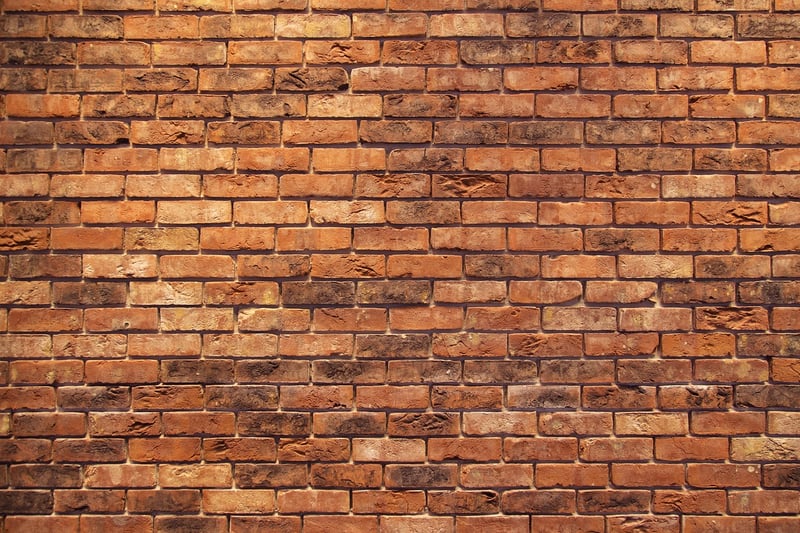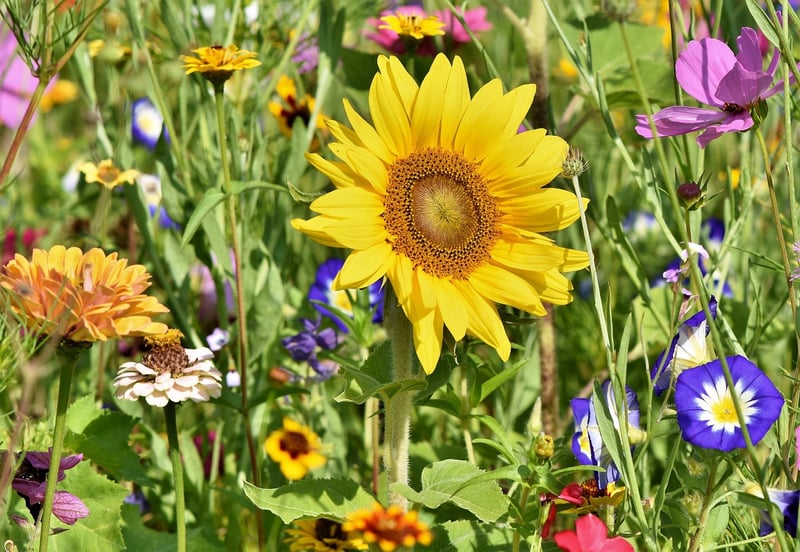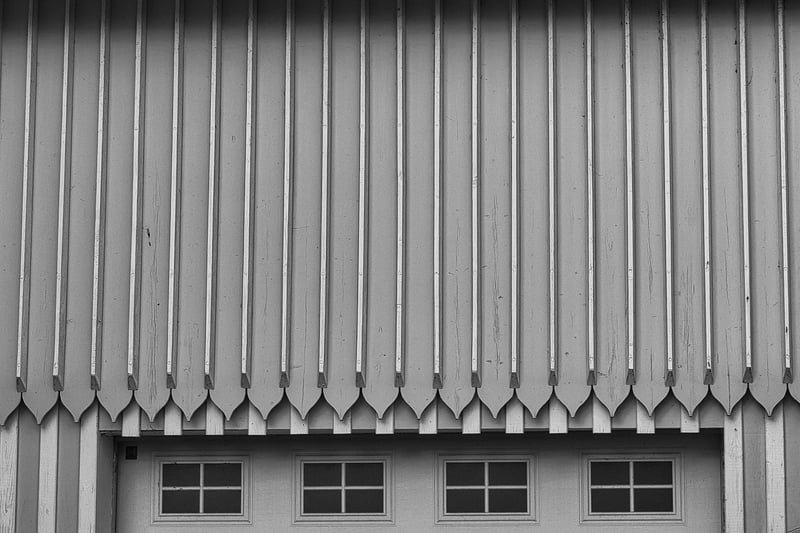Vertical Structures
Expert Advice for Vertical Gardening
Introduction to Vertical Gardening
Vertical gardening is an innovative way to maximize space and create stunning greenery in limited areas. Whether you have a small balcony, a tiny backyard, or want to add a touch of nature indoors, vertical gardening offers a creative solution to traditional gardening constraints.
Benefits of Vertical Gardening
- Optimizes space utilization
- Improves air quality
- Enhances aesthetic appeal
- Reduces pest problems
- Provides easy access for maintenance
Expert Tips for Successful Vertical Gardening
- Choose the right plants that thrive in vertical environments, such as succulents, ferns, and herbs.
- Use a high-quality vertical gardening system that provides adequate support and irrigation for your plants.
- Position your vertical garden in a location that receives sufficient sunlight based on the plant requirements.
- Regularly monitor the moisture levels of your vertical garden to ensure optimal growing conditions.
- Consider adding a drip irrigation system to efficiently water your vertical garden and prevent water wastage.
- Rotate your plants periodically to promote even growth and prevent overcrowding.
- Prune and trim your vertical garden plants as needed to maintain a neat and healthy appearance.
Vertical Structures for Gardening
When it comes to setting up your vertical garden, choosing the right structures is essential for both functionality and aesthetics.
Trellises
Trellises are versatile vertical structures that provide support for climbing plants like vines, peas, and tomatoes. They come in various materials such as wood, metal, and vinyl, offering options to match your garden style.

Living Walls
Living walls, also known as green walls, are vertical gardens that attach to the exterior or interior of a building. They are ideal for adding greenery to urban spaces and can help improve air quality.

Vertical Planters
Vertical planters are modular systems that allow you to create a customizable vertical garden. They are perfect for growing a variety of plants in a compact space, making them ideal for small balconies or patios.

By incorporating these vertical structures into your gardening efforts and following expert tips, you can create a thriving vertical garden that brings beauty and greenery into any space.
